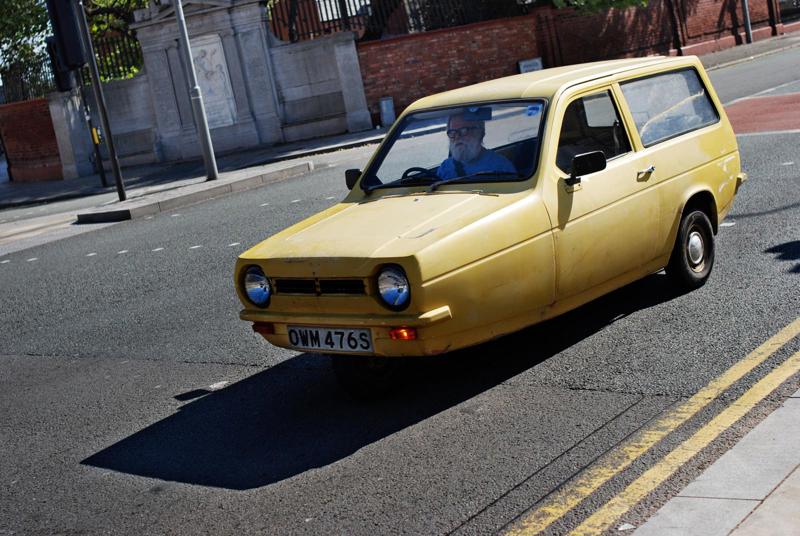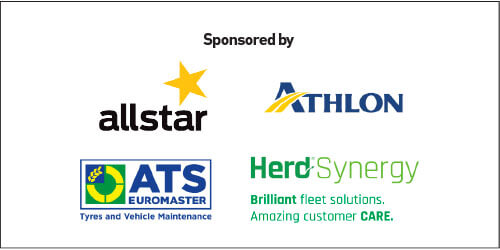This feature was taken from our special Fleet Operational Excellence report

As its name suggests, it is not a black and white issue whether an organisation should encourage the use of grey fleet vehicles.
One on hand, allowing employees to use their own cars – whether they are bought with their own money or by using a cash allowance – on business trips is an essential part of how many smaller organisations operate due to the convenience, flexibility and potential to provide cost savings.
The financial benefits come for businesses with relatively low travel requirements because HMRC’s approved mileage allowance payments (AMAP) rate for reimbursing employees with 45p per mile can often be significantly cheaper than leasing and operating a small vehicle fleet.
Obviously, the greater an organisation’s travel needs, the higher the cost of running a grey fleet will be, and the balance might then start to shift towards employees being given a company-provided vehicle.
This is why some employers set a limit on the number of grey fleet miles an employee can do before they are moved into a company vehicle.
Organisations also need to be aware of their health and safety responsibilities.
Under the Health and Safety at Work Act (1974) and the Management of Health and Safety at Work Regulations (1999), “it shall be the duty of every employer to ensure, so far as is reasonably practicable, the health, safety and welfare at work of all employees”.
As far as grey fleet is concerned, this means if a vehicle is being used to travel for business, regardless of who it is owned by, the employer is responsible for ensuring that it is fit for purpose, adequately maintained and that it can be safely driven.
If an employee is involved in an incident while driving for work, their employer could be liable for any damage or injuries that occur.
In a worst-case scenario, under the Corporate Manslaughter Act 2007, they could be prosecuted if someone dies in a collision involving their employee using their own vehicle for work.
“Ensuring grey fleet drivers are compliant is often overlooked by businesses, but this is done at their peril,” says Greg Ford, head of corporate at Red Training.
“There is no distinction between a grey fleet driver and a company fleet driver in terms of occupational road risk and health and safety obligations.”
Invest in compliance
This makes it important for companies to invest in training and compliance systems which can manage licence checking for all drivers within a business, as well as help identify and deliver targeted training for individual drivers.
“This reduces the need for time-consuming on-road driver training for all but the higher-risk drivers who would benefit from one-on-one on-road coaching,” adds Ford.
Many organisations do treat their grey fleet the same as company vehicles for risk and compliance, and restrictions are often placed on what vehicles can be used for this purpose.
Road safety charity Brake recommends fleet decision-makers stipulate minimum Euro NCAP safety ratings, vehicle age, emission levels, required safety features and essential breakdown cover.
At the bare minimum, employers should check that:
■ The vehicle has a valid MOT certificate.
■ The vehicle is roadworthy and has been
appropriately maintained as outlined in its service book.
■ The driver has the appropriate licence for the class of vehicle.
■ The driver does not have vision, health or other impairment issues that would affect their ability to safely operate the vehicle.
■ Driver and vehicle have valid insurance that includes business journeys.
■ Vehicle has up-to-date road tax.
Ensuring drivers provide all of the necessary information can be difficult for some fleet decision-makers, as employees may be reluctant to pass on the information or simply forget to.
One technique used by many fleets is to withhold mileage reimbursement payments until all requested information is supplied.
Grey fleet alternatives
As well as providing company vehicles, organisations do have a number of alternatives to grey fleet use.
As a first step, Brake recommends employees should avoid unnecessary travel and use video calls wherever possible.
If travel is essential, then more sustainable modes of transport such as pool cars, car clubs and daily rental can usually offer a cleaner and more cost-effective mode of travel than an employee using their own car.
Car clubs are one of the most recent developments and have grown significantly in popularity in recent years.
Essentially, they are a form of short-term vehicle rental, but one which offers access to cars for as long as the user needs them, whether that is for 30 minutes or a day or more.
Typically, they are booked either through a web portal or smartphone app, with registered users able to check vehicle availability immediately. After booking they can unlock the cars with a smartcard.
There are three main operating models: back-to-bay, which is the most common form and sees cars returned to their own parking place; back-to-area where the car must be returned to a small, designated area, usually a street or two; and the newer one-way/flex model, where a car can be taken on a one-way trip and parked on-street wherever it is legal to do so.
It is becoming increasingly common for organisations to partner with car club operators to allow them to have vehicles – usually based at their own premises – available for their sole use, as well as using the supplier’s technologies and back-office support.
This also allows employees who do use their own cars for occasional business trips to switch to public transport for their commute if they wish to, as they will no longer need their own vehicle for work journeys during the day.
It also means fleets can reduce admin from booking daily hire vehicles when needed, as cars are already on-site and available for staff use.
One example of this is the Defence Science and Technology Laboratory (DSTL), which has saved an estimated 372,000 miles with rental vehicle deliveries and collections to its sites in a year.
It currently has almost 100 Enterprise Car Club vehicles at three of its locations in Wiltshire and Hampshire, also saving more than 100 tonnes of CO2 emissions, based on the business travel of an average diesel car.
“The emission savings resulting from the expansion of our dedicated Enterprise Car Club programme exemplify the immense potential of business car clubs in driving positive environmental change,” says John Barber, principal estates contract manager at DSTL.
Boost efficiency, cut costs and improve compliance across all areas of your business with the Fleet News Operational Excellence report.
Delve into crucial topics for effective fleet management, including electrification, digitalisation, alternative funding, and compliance. To give you an edge, we've gathered insights from top industry experts who reveal their best practices and innovative strategies.
Dive into these highlights and read the full report to unlock the secrets of running a more efficient and effective fleet operation.






















Login to comment
Comments
No comments have been made yet.